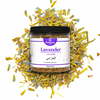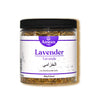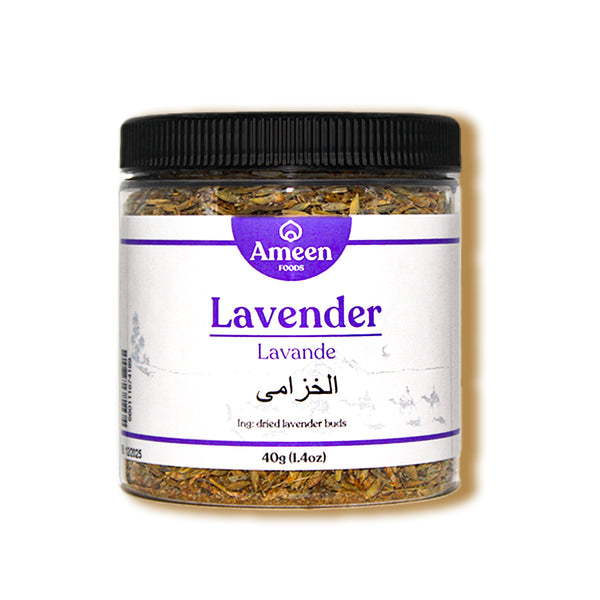Lavender, botanically known as Lavandula angustifolia, is a cherished flowering herb renowned for its calming aroma, delicate purple blossoms, and diverse uses across culinary, wellness, and personal care traditions. Native to the Mediterranean region and now cultivated worldwide, this aromatic herb has long been valued for both its beauty and its versatility.
Culinary Appeal of Lavender
With its subtly sweet, floral flavor and gentle herbal notes, dried lavender is used to enhance both savory and sweet creations:
-
Baked Goods: Infuses cookies, cakes, and shortbread with a refined floral touch.
-
Herbal Teas & Infusions: A staple in relaxing herbal blends, often paired with chamomile or mint.
-
Seasoning Blends: Included in French Herbes de Provence for flavoring meats and roasted vegetables.
-
Syrups & Liqueurs: Used in crafting artisanal syrups, cocktails, and homemade lemonades.
Why Choose Lavender?
-
Flavor Profile: Lightly sweet, floral, and mildly herbaceous with calming aromatic notes.
-
Versatile Uses: Ideal for baking, teas, infusions, beauty recipes, and potpourri.
-
Aromatic Benefits: Long used in aromatherapy for its relaxing and uplifting scent.
-
Traditional Relevance: Historically revered in folk medicine, spiritual rituals, and natural perfumery.
Botanical and Cultural Significance
-
Botanical Name: Lavandula angustifolia
-
Common Names:
-
English: Lavender, True Lavender, English Lavender
-
French: Lavande
-
Arabic: الخزامى
-
Persian: اسطوخودوس
-
Spanish: Lavanda
-
Hindi: लैवेंडर
-
Other: Garden Lavender, Common Lavender, Lavandula, Spikenard (historic), Lavanda
-
Experience the Tranquility of Lavender
Whether added to culinary creations, infused into tea, or used in homemade beauty products, Lavender brings timeless elegance, calming energy, and fragrant depth to your daily rituals. Embrace its floral charm and botanical heritage today.





